Processing and mobility
The PG279QM has a rather heavy and wide stand, which makes the monitor very stable and it does not wobble around. The usual use of plastic is also found here, which does not mean that the monitor does not have premium workmanship. There is always room for debate about the design, which is why I will not take a stand here either. Whether the appearance is appealing, everyone can answer for themselves.
As for the adjustment options, the PG279QM offers height adjustment by up to 10 cm, swivel left – right, tilt forward/backward and of course also twisting the display into the vertical orientation or also called portrait mode. If you are interested in the real distances from the wall or even from the table upwards (sloping roof in the room), this might be helpful.
Connectors and cables
Why ASUS gives the monitor 3x HDMI 2.0, I do not understand. But all manufacturers are basically the same, they are so stingy with DisplayPort ports. A second DisplayPort 1.4 would have been better for me personally! Two USB-A are okay from my point of view, especially since one of them is explicitly for the mouse (which supports NVIDIA Reflex). A third port on the side would have been nice as an option, but that also has its drawbacks.
The customer gets the usual cables included. Among them 1x DisplayPort, 1x HDMI, USB type B to type A. The power supply is not installed in the monitor, but has to be stowed externally. This is not too bad considering that ASUS has installed a G-Sync module. If the power supply had been installed in the monitor, the fan (for cooling the G-Sync module) would most likely not have been necessary. I’ll say it clearly: The PG279QM is passively cooled. There is no fan installed. That’s the way it has to be.
OSD and overlays
In addition to the essential settings like brightness, gamma, color temperature, etc., you can also find nice gaming gimmicks in the OSD. In addition to the reflex analyzer, there are also crosshairs, a stopwatch, an FPS counter and a dark amplifier. I have put together a few pictures from the OSD of the PG279QM for you here.
The additional buttons (under the joystick) definitely have a raison d’être. For example: One click at the bottom and the monitor is off. The button below the small stick makes all overlays disappear immediately. This is very practical, as it saves you from having to click around in the menu.
Software
There is no dedicated software for the PG279QM that allows controlling the OSD, for example. You can integrate the RGB lighting (back of the monitor) with ASUS’ Aura Sync via the ASUS Armoury Crate software. Likewise, the Armoury Crate software keeps the monitor up to date with updates.
The system load is over 100 MB of memory usage. However, this does not refer to the monitor alone, but basically to all devices that are currently connected. This is still within the bounds of my understanding.
Other
The panel of the PG279QM (like almost all monitors) has a matte coating to reduce reflections. Unfortunately, this costs contrast (almost all IPS monitors suffer from this). It would be nice if customers had the choice between a matte or glossy display. This does not only go to ASUS, but to all manufacturers. Both have advantages and disadvantages, so it would be nice if the customer could decide for himself.
G-Sync is only supported via DisplayPort. The good thing is that VRR via DisplayPort with AMD GPUs (FreeSync) also works. And now the good news and the bad news. AMD FreeSync and NVIDIA G-Sync Compatible is also supported via HDMI 2.0. But you know what that means? The maximum refresh rate only goes up to 144 Hz. HDMI 2.1 would have been very nice here. ASUS probably planned, designed and configured the monitor at a time when HDMI 2.1 was not really the standard. Console gamers take note: Unfortunately, I can’t test it (only own a PlayStation 3), but current X-Box and PlayStation 5 users, can probably play in 1440p at 120 Hz here.
- 1 - Einführung und Ausstattung
- 2 - Verarbbeitung und Features
- 3 - Messaufbau und Messmethode
- 4 - Pixel Response Times
- 5 - Variable Overdrive
- 6 - Display Latency
- 7 - Color Performance @ default settings
- 8 - Color Performance calibrated
- 9 - Calibration with DisplayCal
- 10 - HDR und subjektiver Eindruck
- 11 - Zusammenfassung und Fazit















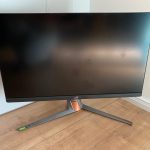
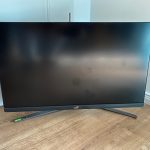
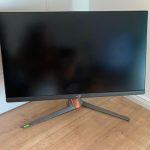
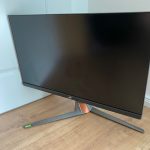
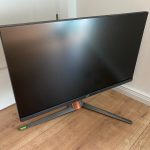
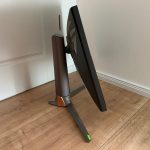
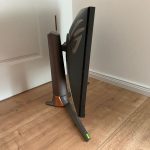
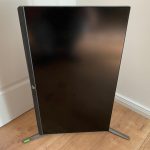
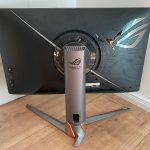






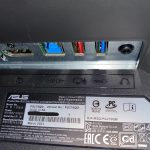




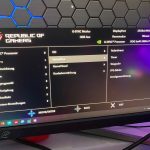



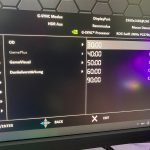
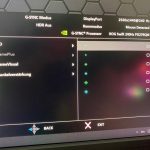

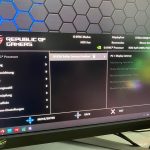

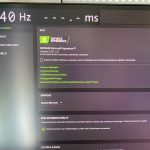
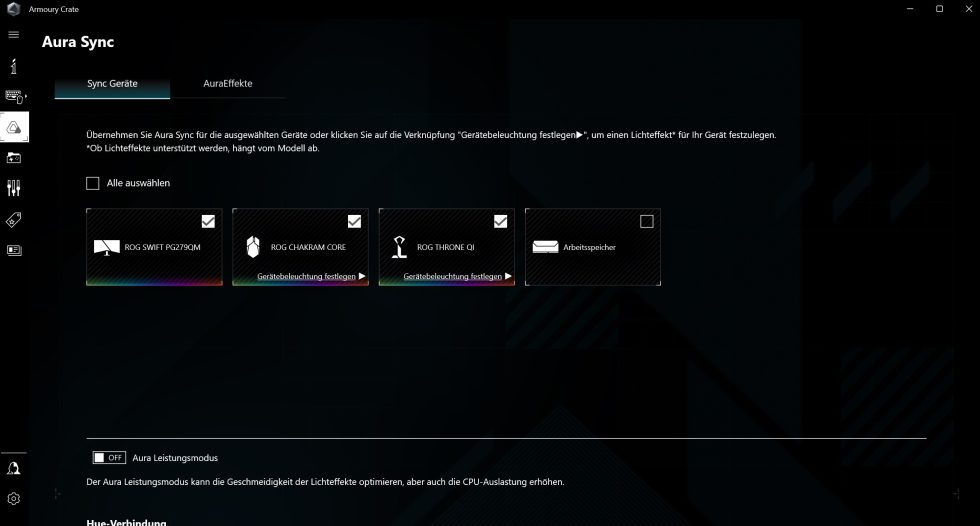
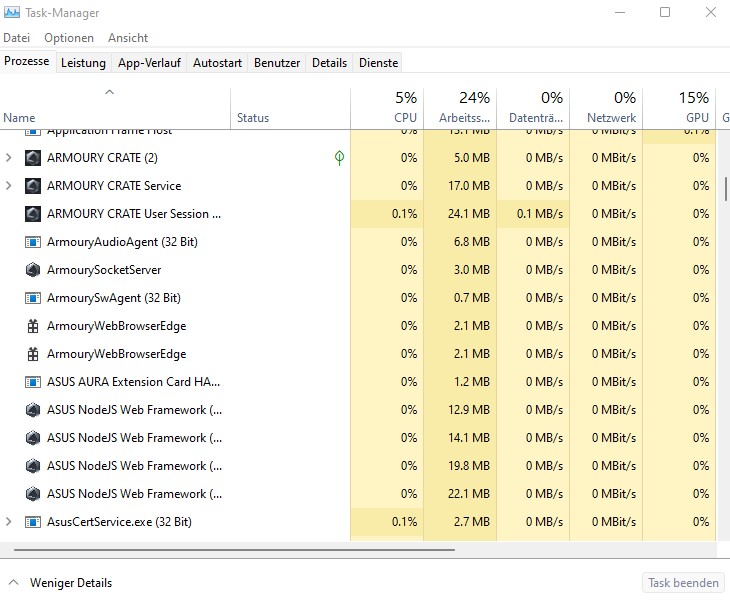
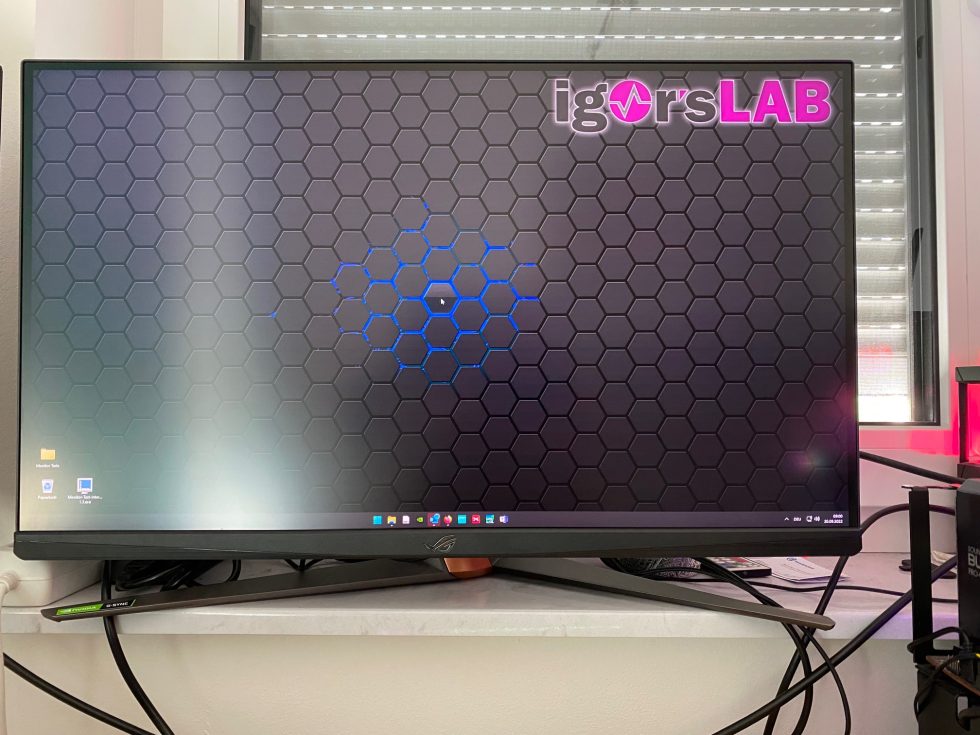




















37 Antworten
Kommentar
Lade neue Kommentare
Urgestein
Urgestein
Mitglied
Mitglied
Urgestein
Mitglied
Urgestein
Moderator
Urgestein
Urgestein
Mitglied
Urgestein
Moderator
Veteran
Mitglied
Veteran
Moderator
Alle Kommentare lesen unter igor´sLAB Community →